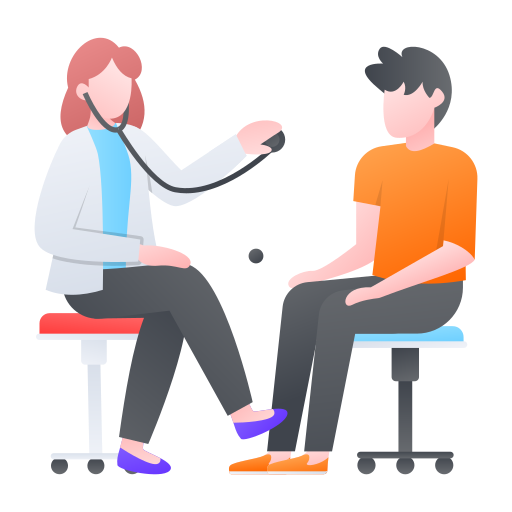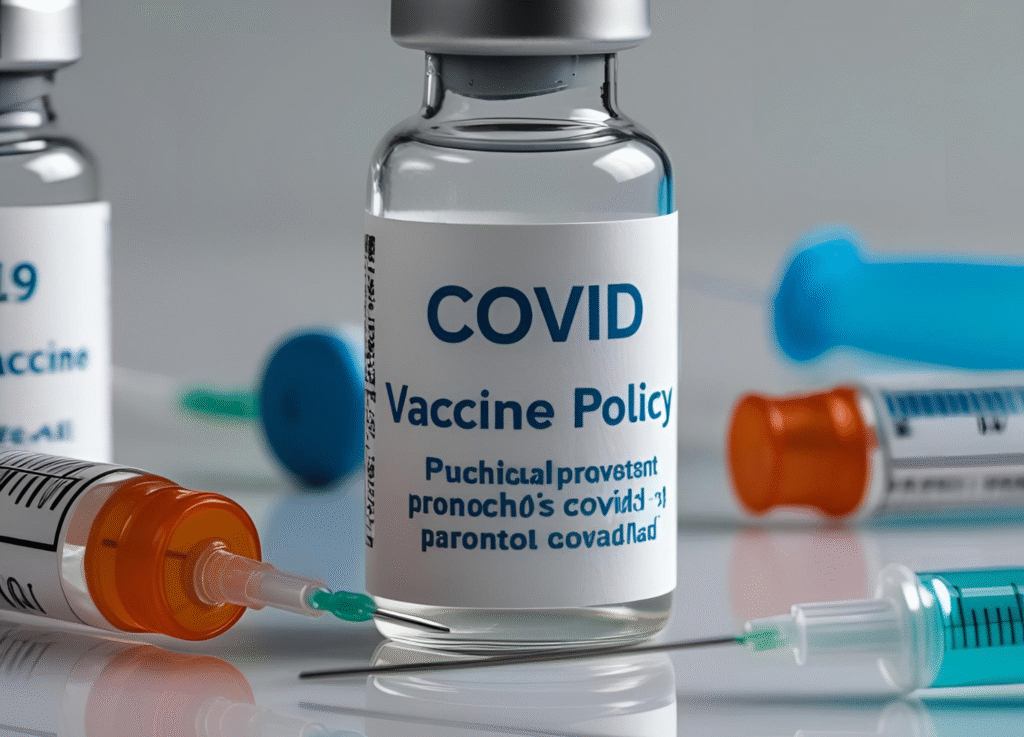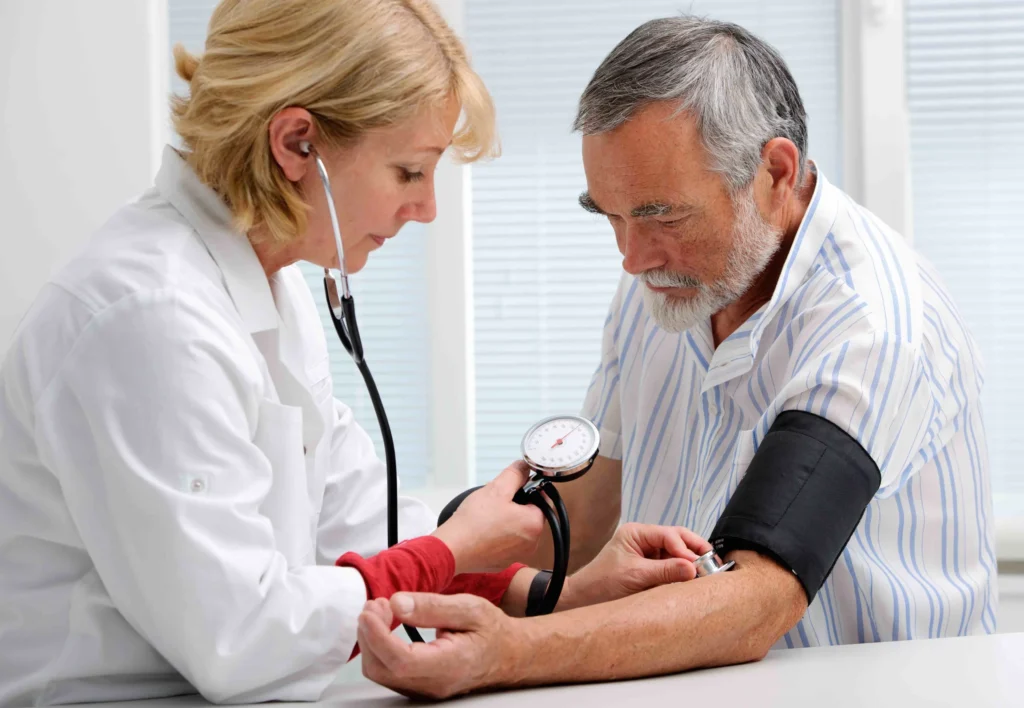What is diabetes? What You Need to Know for a Healthy Life
What is Diabetes? Types, Causes, symptoms and Management Diabetes is a chronic condition that occurs when your blood sugar (glucose) levels become too high. This happens because your body either doesn’t produce enough insulin or doesn’t use insulin properly. Insulin is a hormone that allows glucose to enter your cells, providing them with energy. Without it, glucose builds up in the bloodstream, leading to elevated blood sugar levels — a condition known as hyperglycemia. Global and National Impact Globally, approximately 589 million adults aged 20–79 live with diabetes, a number projected to rise to 853 million by 2050. In the U.S., diabetes is the eighth leading cause of death, with about 830 million people affected worldwide, more than half of whom lack access to essential treatments like insulin. The disease disproportionately impacts certain populations, including African Americans, Hispanic Americans, and American Indians, who face higher risks of prediabetes and type 2 diabetes. Types of Diabetes Type 1 Diabetes: An Autoimmune Condition Type 1 diabetes is an autoimmune disease where your body’s immune system attacks and destroys the insulin-producing cells in your pancreas. This form of diabetes is less common, affecting about 10% of all people with diabetes. It is typically diagnosed in children or young adults, but can develop at any age. 2. Type 2 Diabetes: The Most Common Form Type 2 diabetes occurs when your body either doesn’t produce enough insulin or becomes resistant to insulin. This is the most prevalent type, affecting 90% to 95% of all diabetes cases. It is typically seen in adults but is increasingly common in children due to rising obesity rates. Fact: Obesity, lack of physical activity, and poor diet are major contributors to insulin resistance, making Type 2 diabetes more common in those with these risk factors. 3. Prediabetes: A Warning Sign Prediabetes is a condition where your blood glucose levels are higher than normal but not yet high enough to be diagnosed as Type 2 diabetes. If left unmanaged, prediabetes often leads to Type 2 diabetes — but with early intervention, it’s reversible. 4. Gestational Diabetes: Pregnancy-Related Diabetes Gestational diabetes occurs during pregnancy and usually resolves after childbirth. However, women with gestational diabetes are at a higher risk of developing Type 2 diabetes later in life. 5. Other Forms: Rare Types of Diabetes There are additional forms of diabetes that occur due to specific causes: Type 3c Diabetes: Caused by damage to the pancreas from conditions like pancreatitis or pancreatic cancer. Latent Autoimmune Diabetes in Adults (LADA): A slower form of autoimmune diabetes, often confused with Type 2. Maturity-Onset Diabetes of the Young (MODY): A rare inherited form caused by genetic mutations affecting insulin production. Neonatal Diabetes: Occurs in infants and can be permanent or transient. Brittle Diabetes: A severe form of Type 1 diabetes marked by unstable blood sugar levels. What Are the Common Symptoms of Diabetes? Recognizing the symptoms of diabetes early can help you manage the condition better. Common symptoms include: Increased thirst and dry mouth Frequent urination Fatigue Blurred vision Unexplained weight loss Slow-healing cuts and sores Numbness or tingling in hands or feet In Type 1 diabetes, symptoms can develop quickly over weeks or months, whereas in Type 2, symptoms might be subtle and develop over years, often going unnoticed. What Are the Symptoms of Diabetes in Men? Diabetes symptoms in men include the common signs seen in all people with diabetes, such as increased thirst, frequent urination (especially at night), fatigue, blurred vision, unexplained weight loss, and numbness or tingling in hands or feet. However, there are several symptoms particularly relevant or more common in men: Erectile dysfunction (ED): Up to 75% of men with diabetes experience difficulties achieving or maintaining an erection due to nerve and blood vessel damage caused by high blood sugar levels. Genital thrush: Men with diabetes may have repeated fungal yeast infections around the penis because excess sugar in urine fosters yeast growth. Symptoms include redness, swelling, itching, white lumpy skin, unpleasant odor, and soreness during sex. Reduced muscle mass and muscle weakness: High blood sugar can lead the body to break down muscle and fat for energy, more common in type 1 diabetes. Retrograde ejaculation: Some men may experience semen entering the bladder during ejaculation, leading to reduced or absent semen release. Urological issues related to nerve damage: Overactive bladder, urinary incontinence, difficulty urinating, and increased urinary tract infections (UTIs). Lower testosterone levels: Diabetes and obesity increase the risk of low testosterone, leading to reduced libido, tiredness, depressed mood, and worsening ED. Peyronie’s disease or penile curvature: This condition can develop, causing painful and difficult intercourse. Overall, diabetes affects men’s sexual, urinary, and muscular systems in addition to general symptoms like thirst, hunger, fatigue, and weight loss. Early recognition and management of these symptoms with healthcare providers are important to reduce complications. What Are the Symptoms of Diabetes in Women? Diabetes symptoms in women include many of the common signs seen in diabetes generally, but some are more specific or prevalent among women: Increased thirst and frequent urination (polyuria). Fatigue and unexplained weight loss. Chronic yeast infections, especially vaginal thrush, due to high blood sugar promoting fungal growth. Recurrent urinary tract infections (UTIs), which are more common and can cause painful urination and other urinary symptoms. Vaginal dryness and decreased sex drive, which may be due to diabetic neuropathy affecting nerve sensitivity. Blurred vision and slow healing of wounds and infections. Heavier or irregular menstrual periods, influenced by fluctuating blood sugar and hormone changes. Increased risk or presence of polycystic ovary syndrome (PCOS), linked to insulin resistance and symptoms such as irregular periods, weight gain, acne, depression, and infertility. These symptoms may be subtle initially, so early recognition by women and healthcare providers is key to timely diagnosis and management of diabetes to prevent complications. Many symptoms relate to the effects of elevated blood glucose on the immune system, nerves, and tissue healing processes. What Are the Early Symptoms of Diabetes? Early symptoms of diabetes commonly include increased
What is diabetes? What You Need to Know for a Healthy Life Read More »










